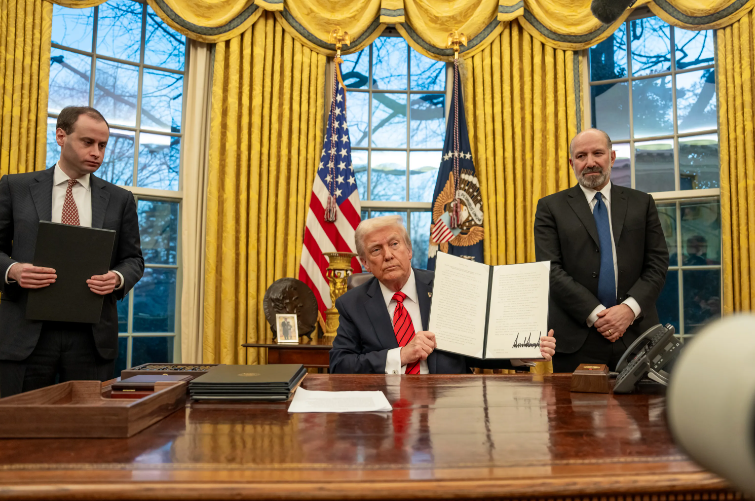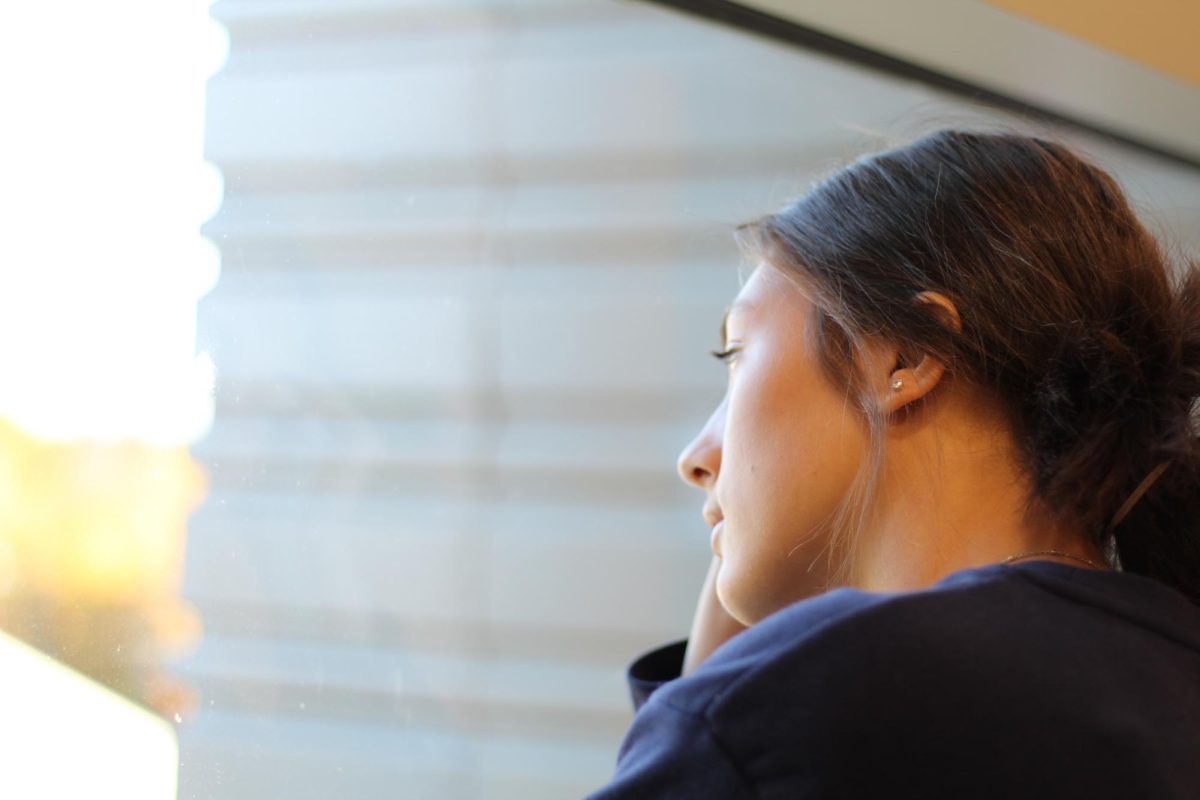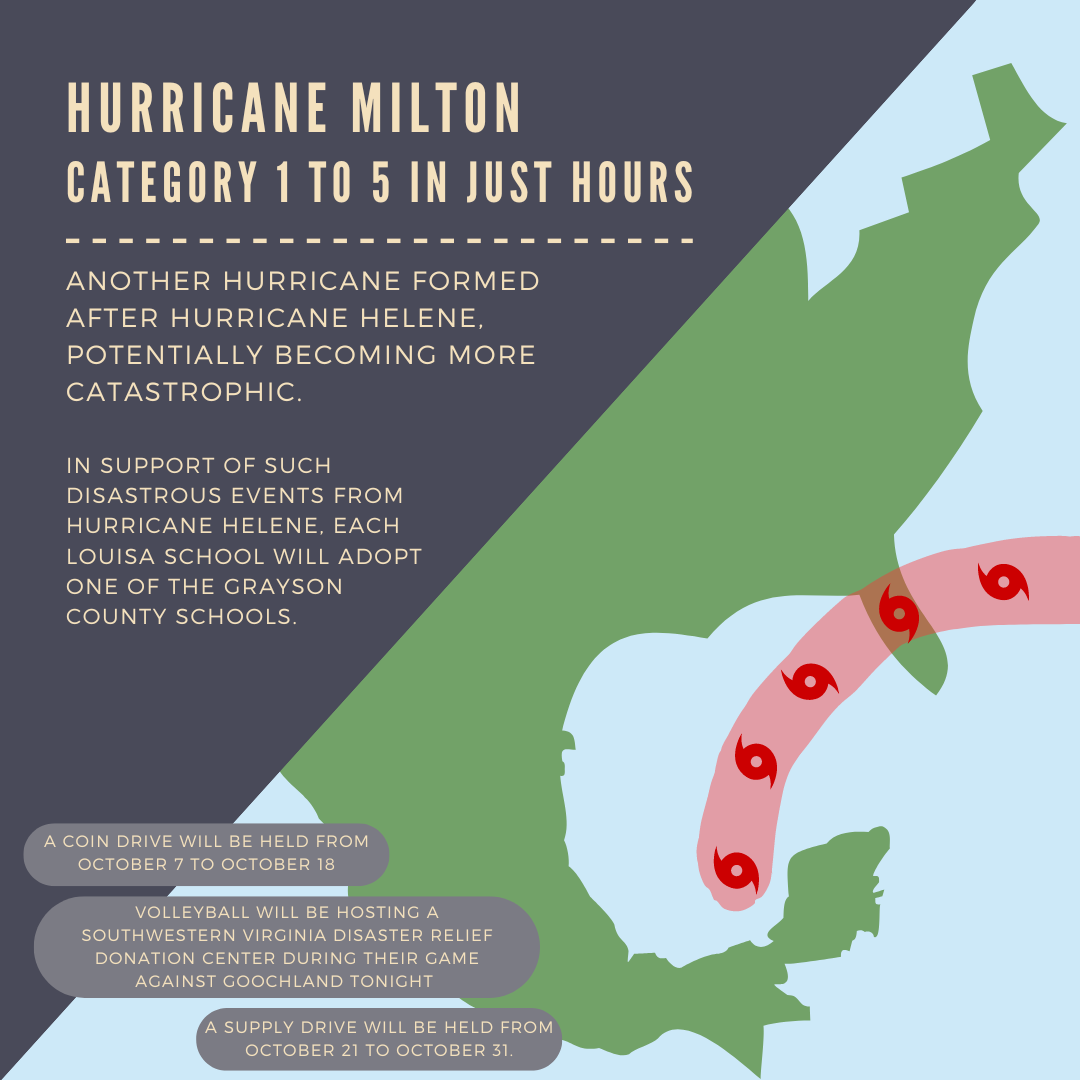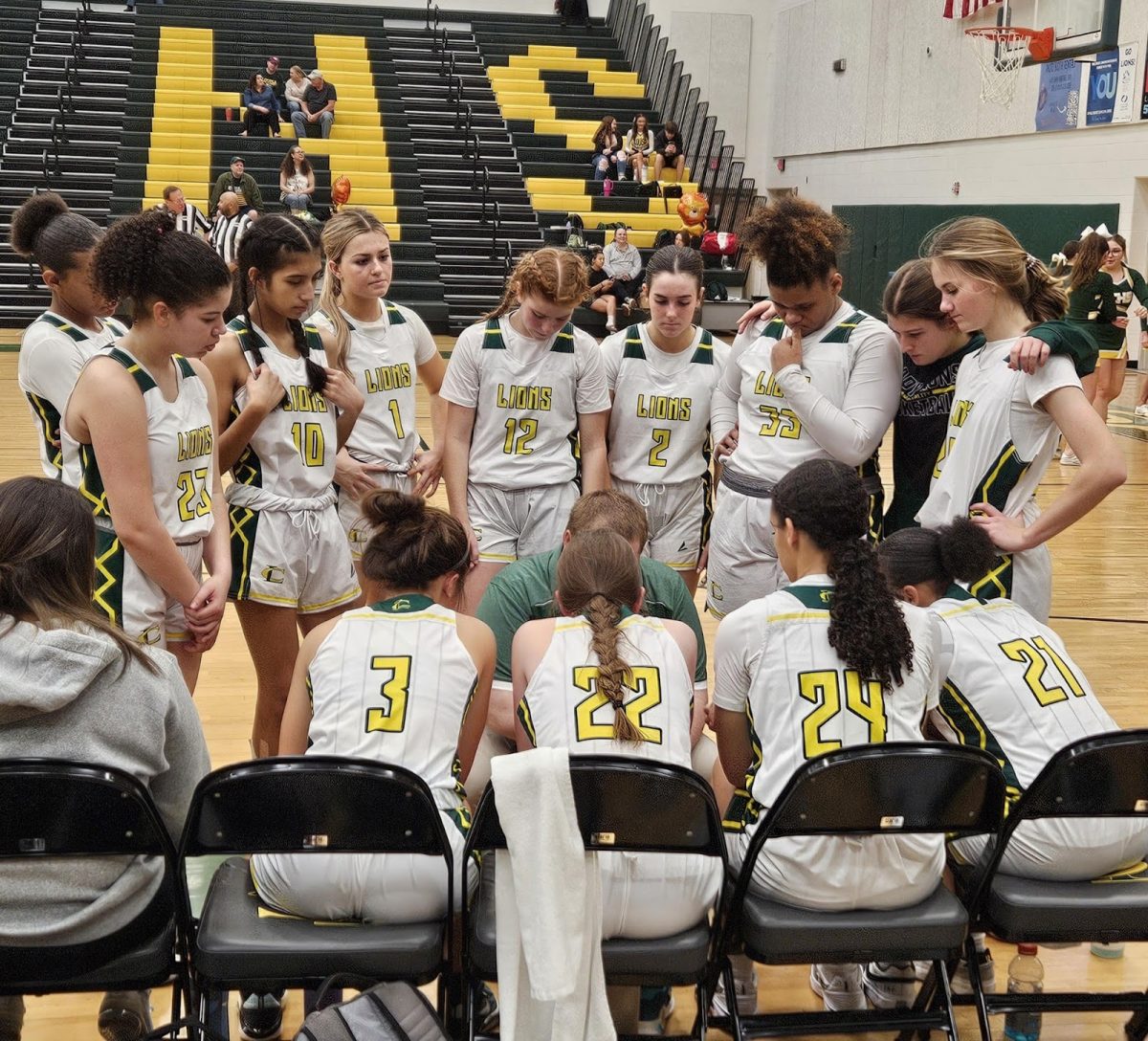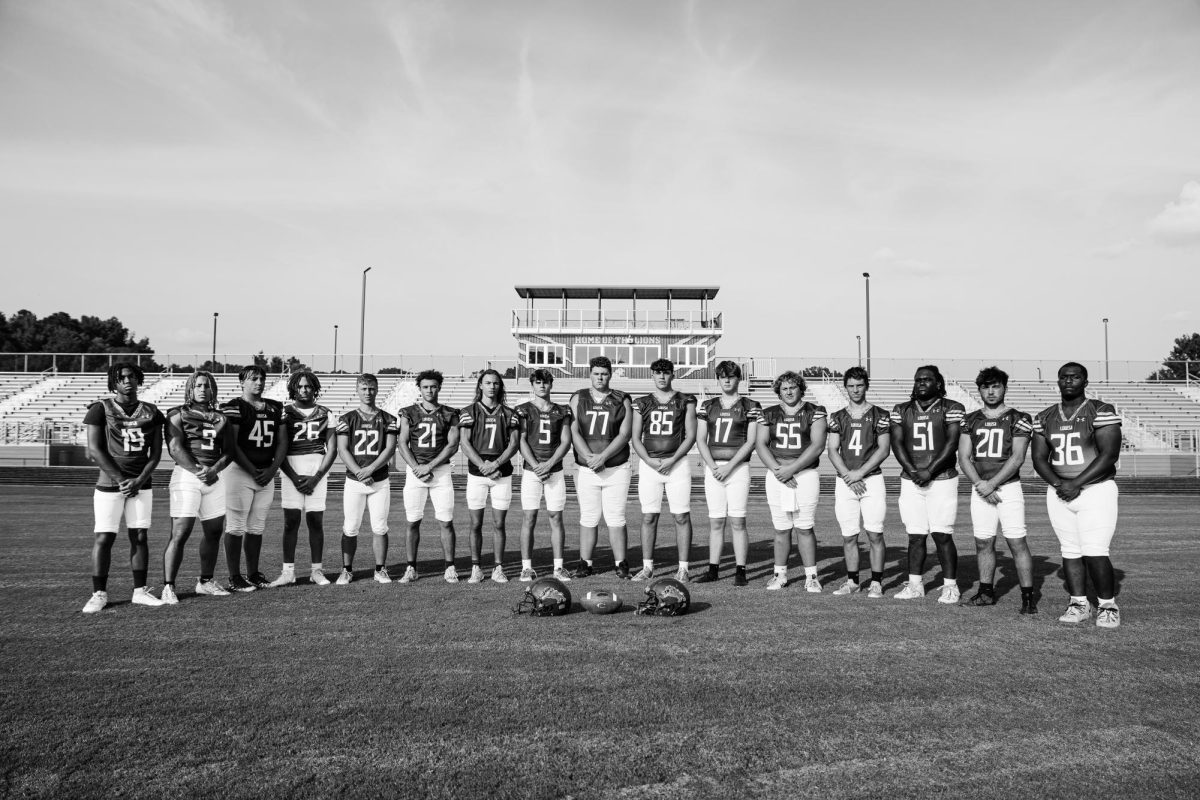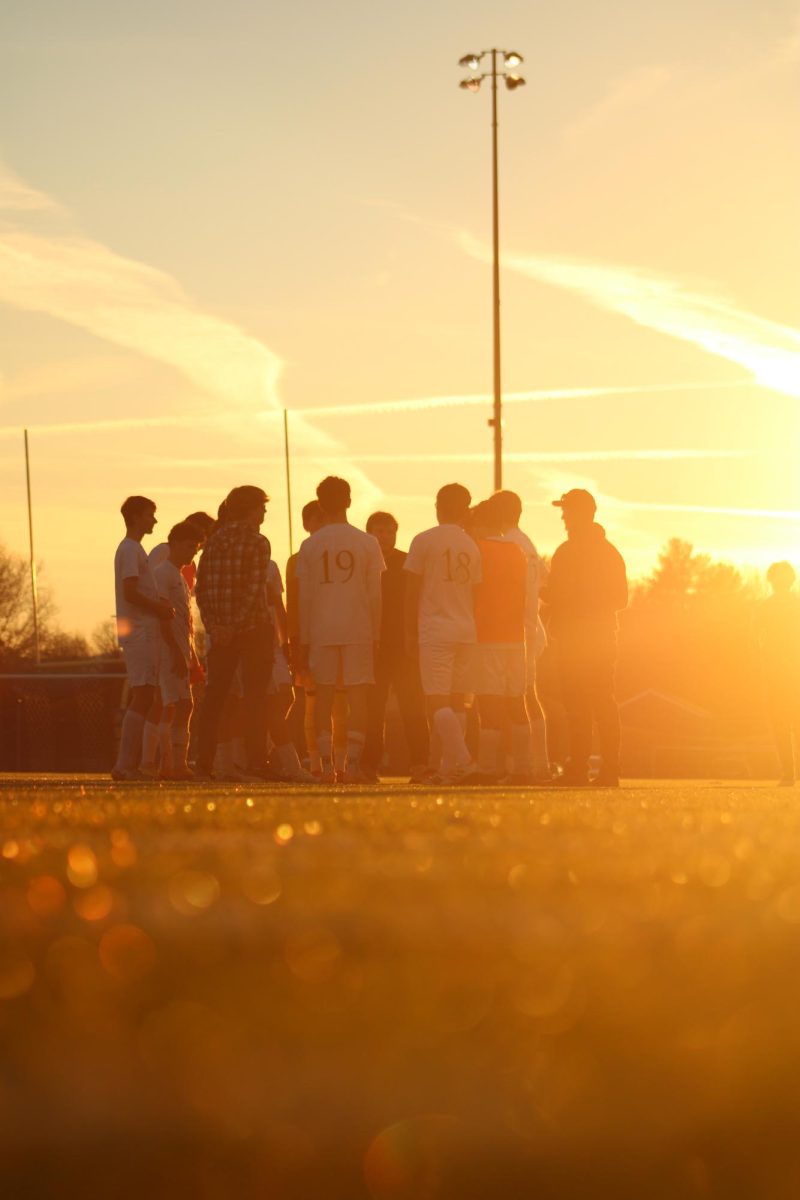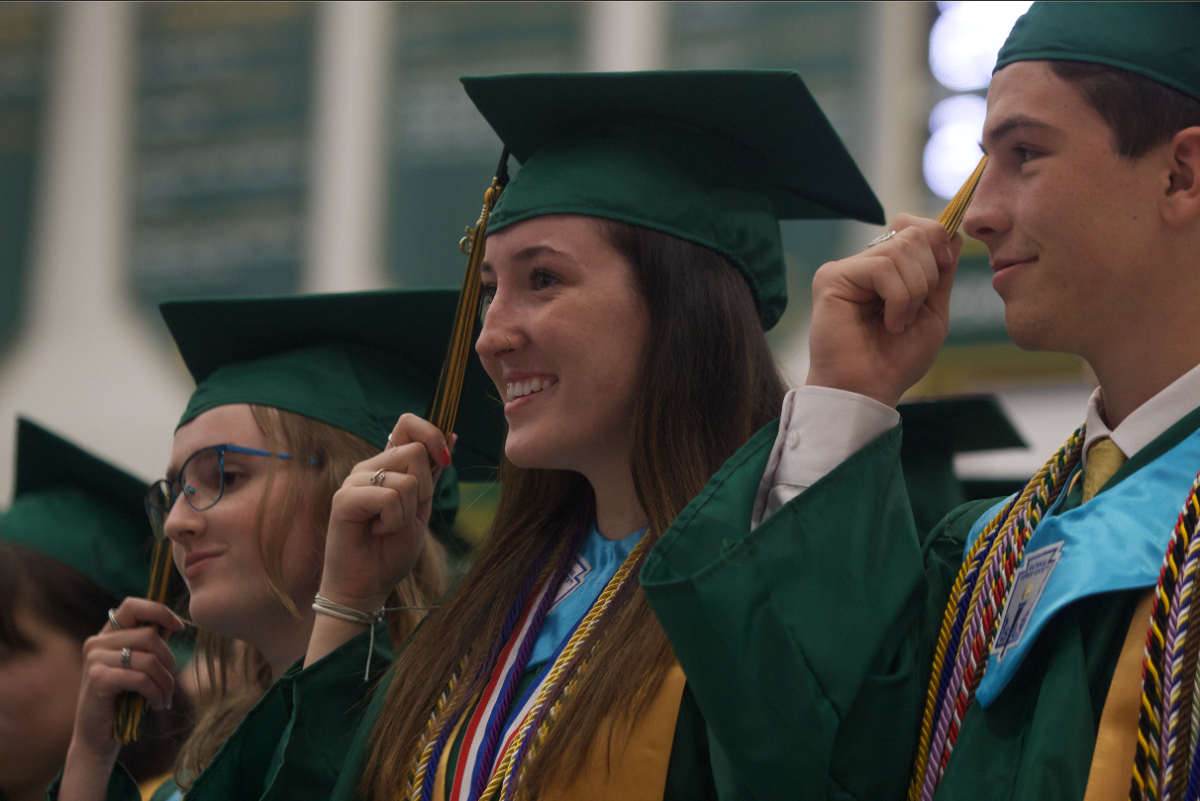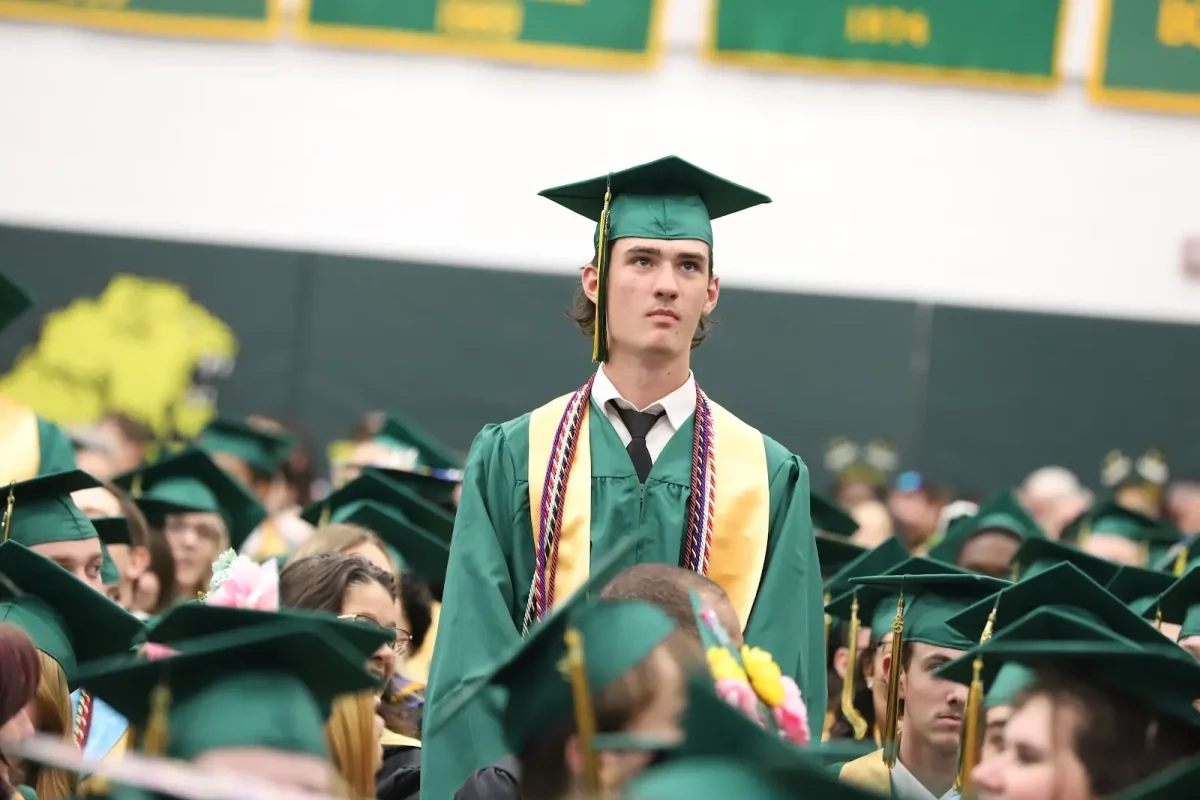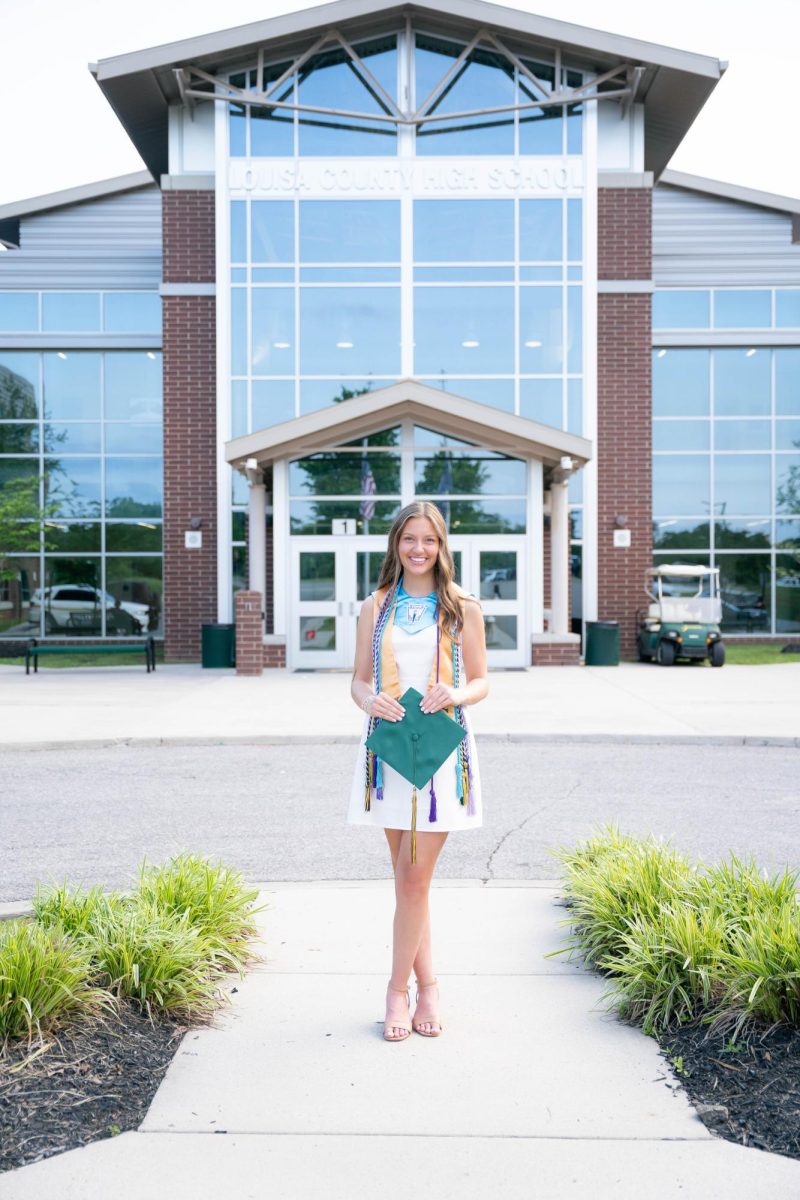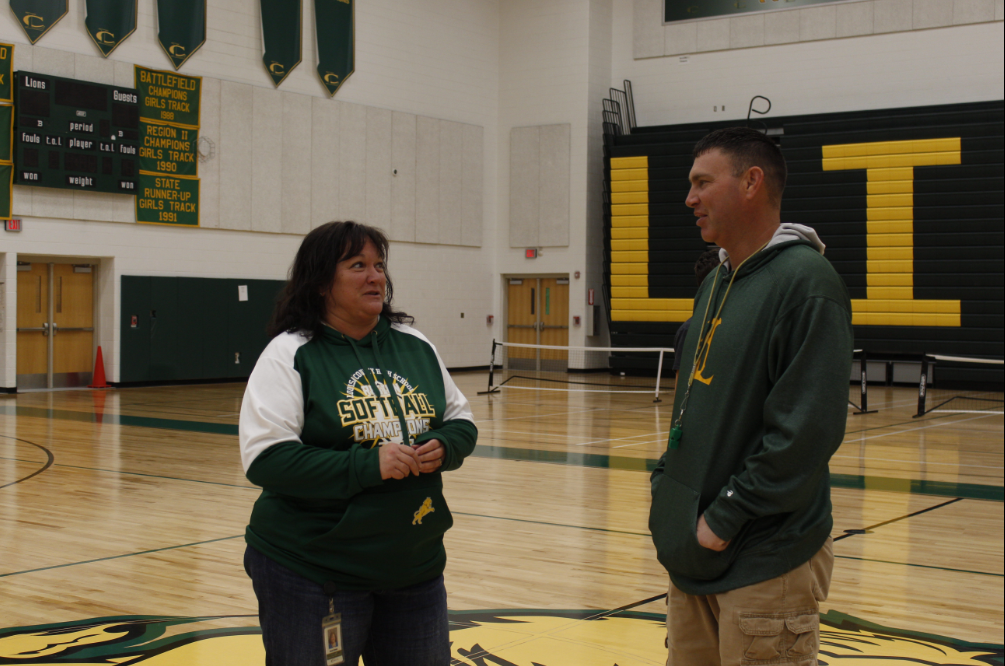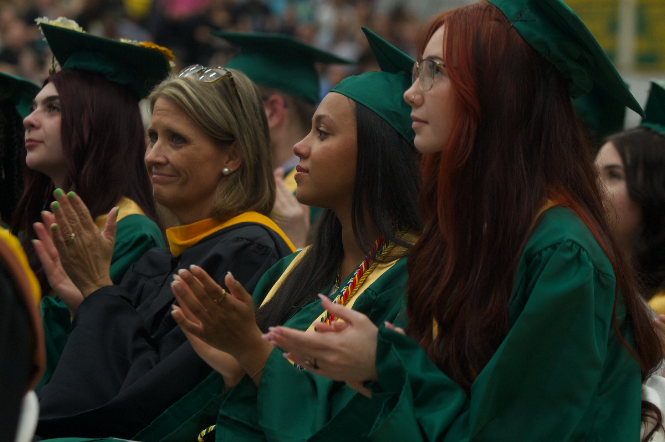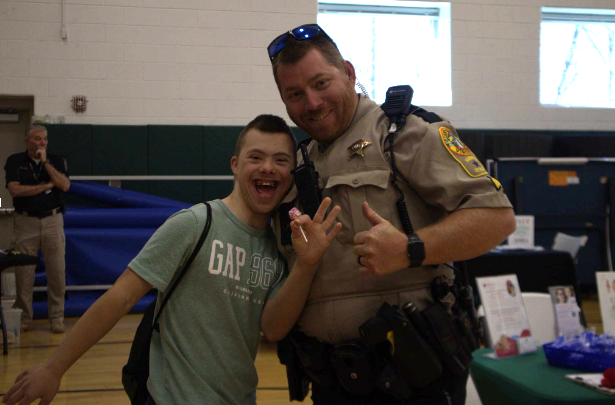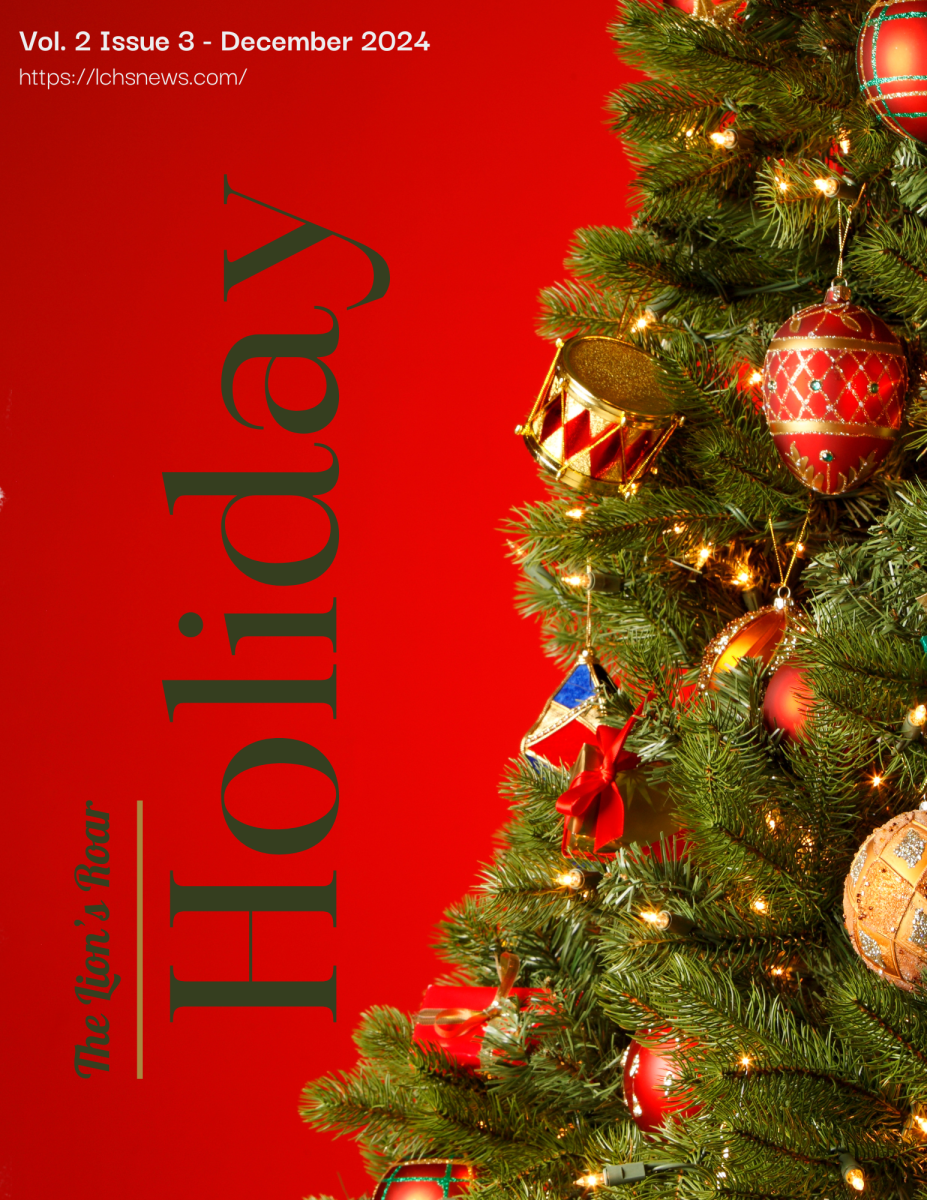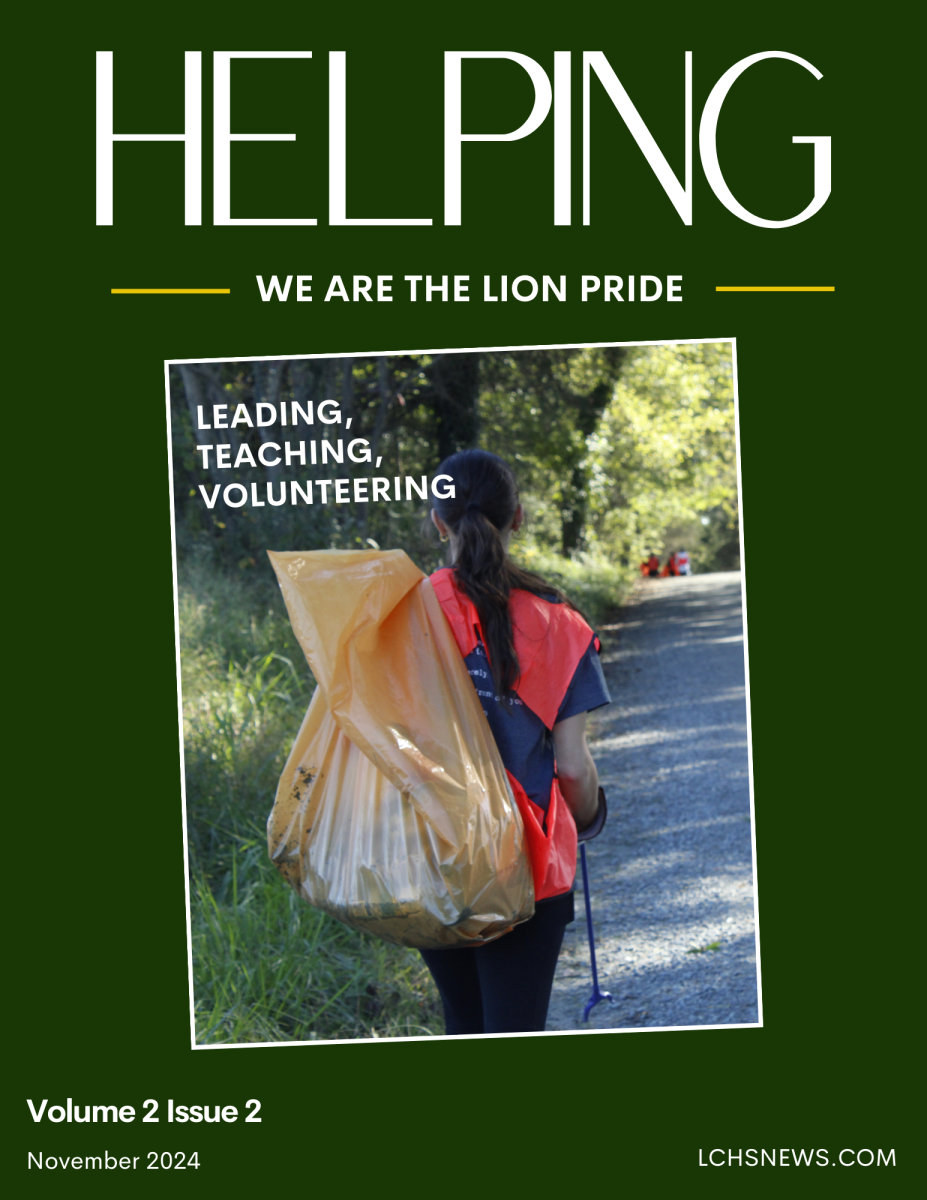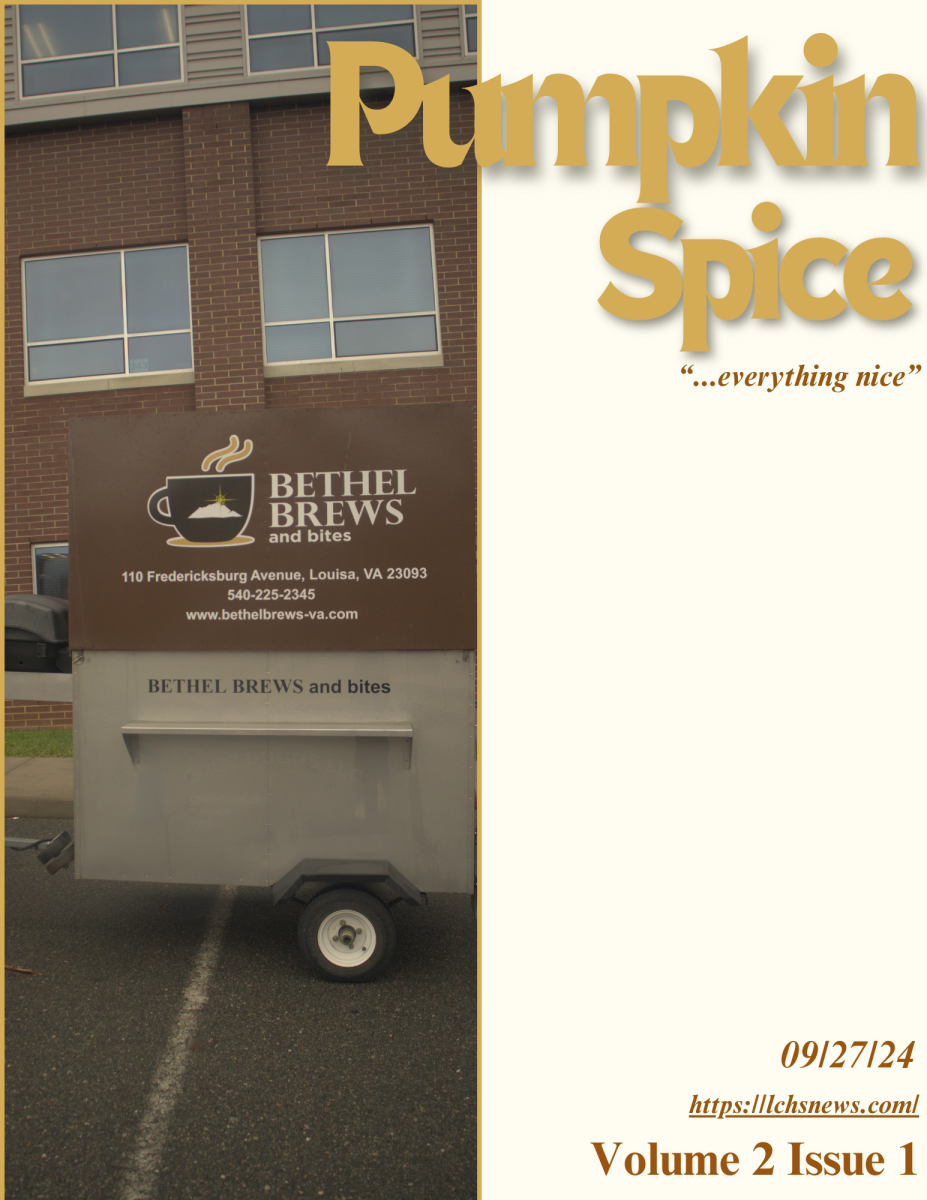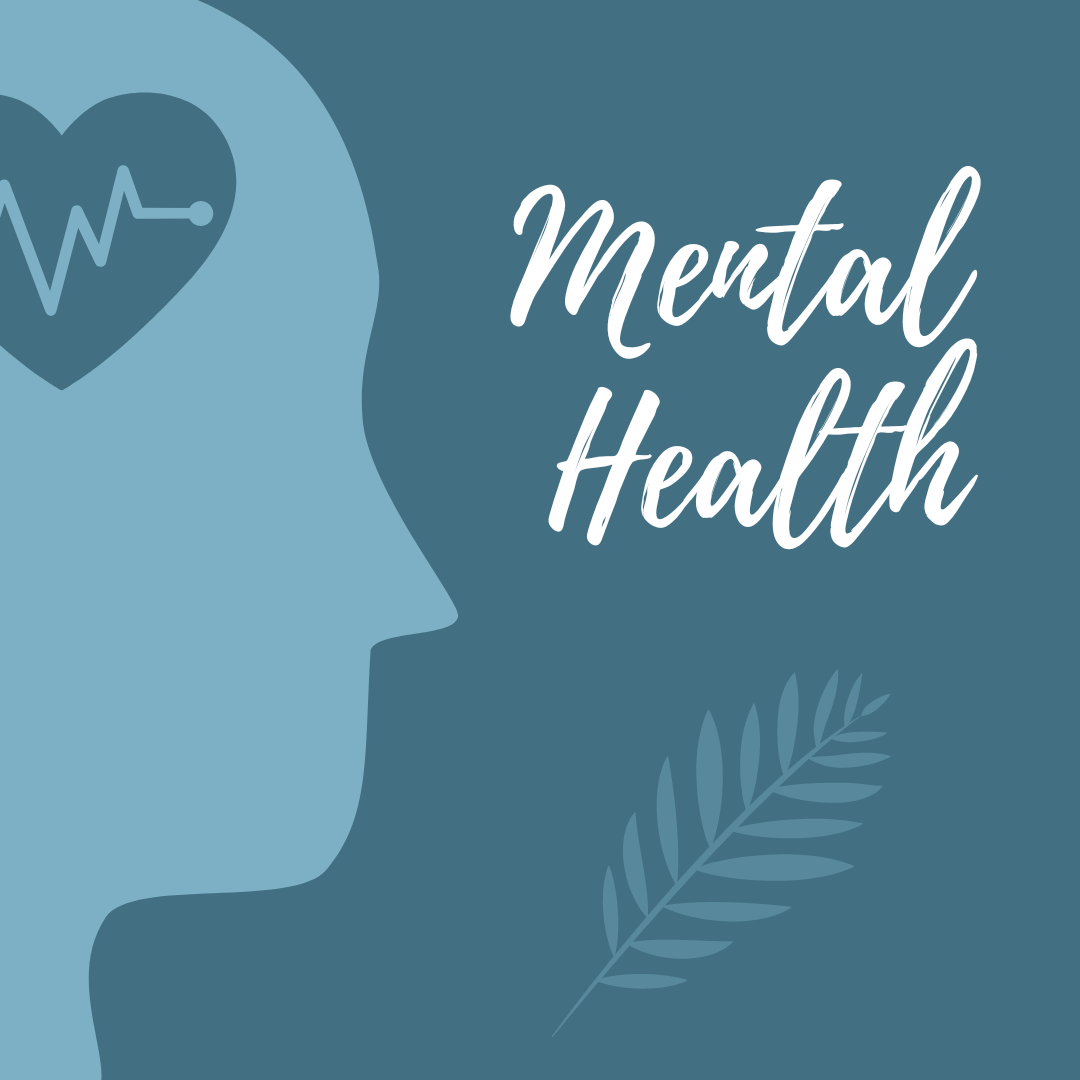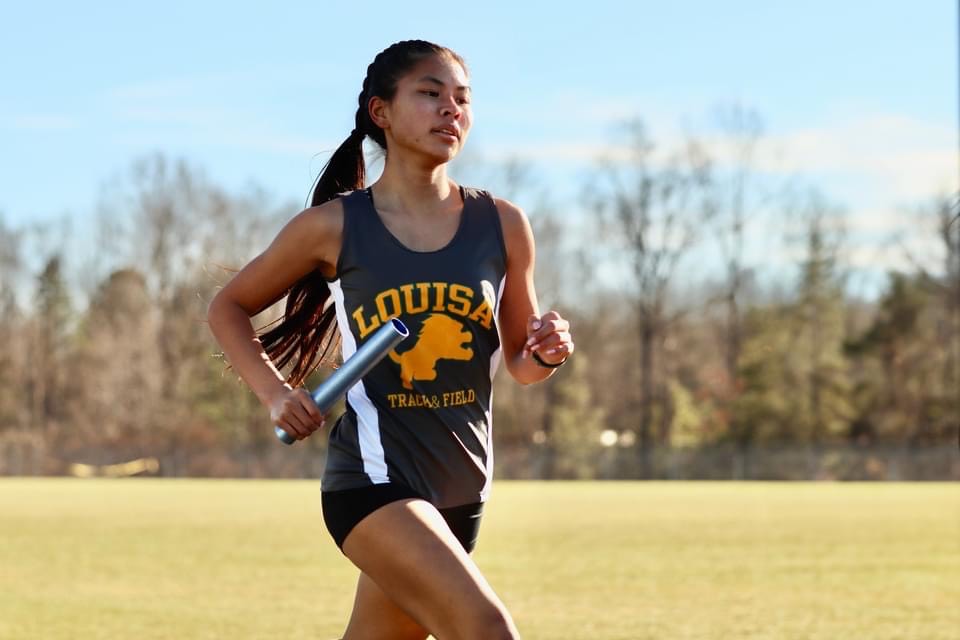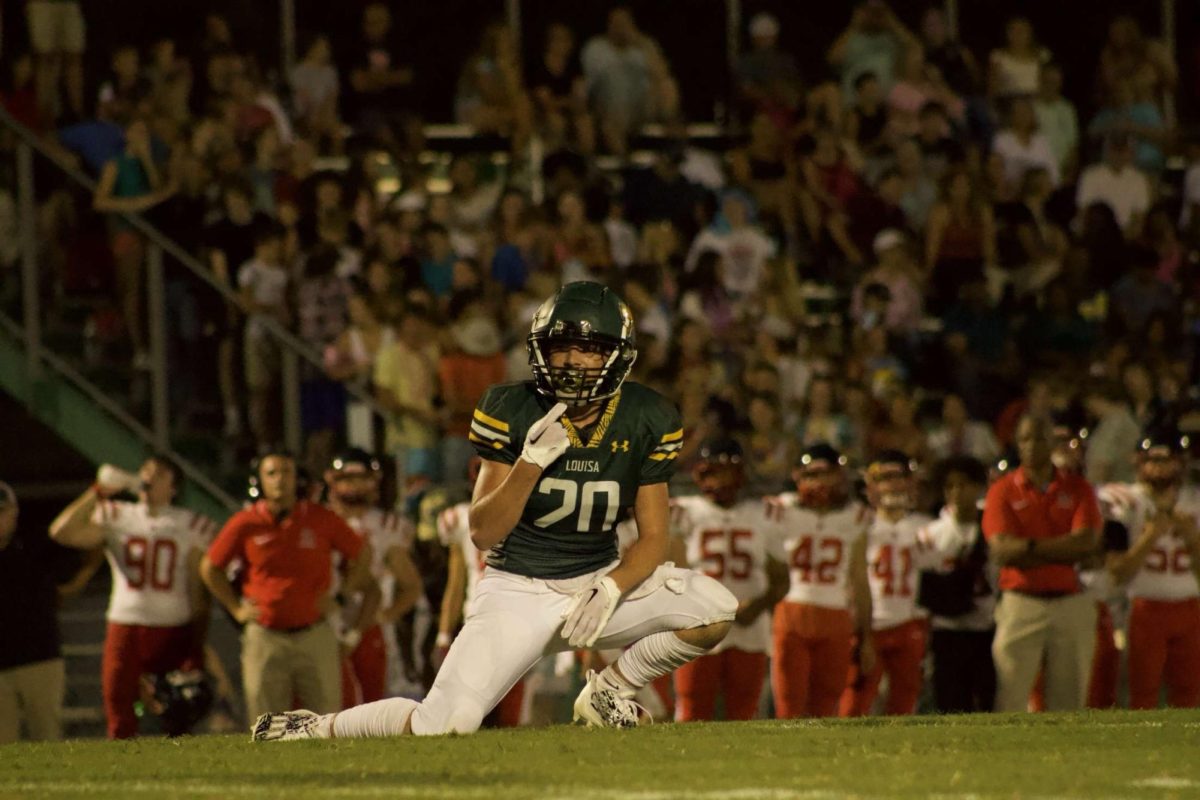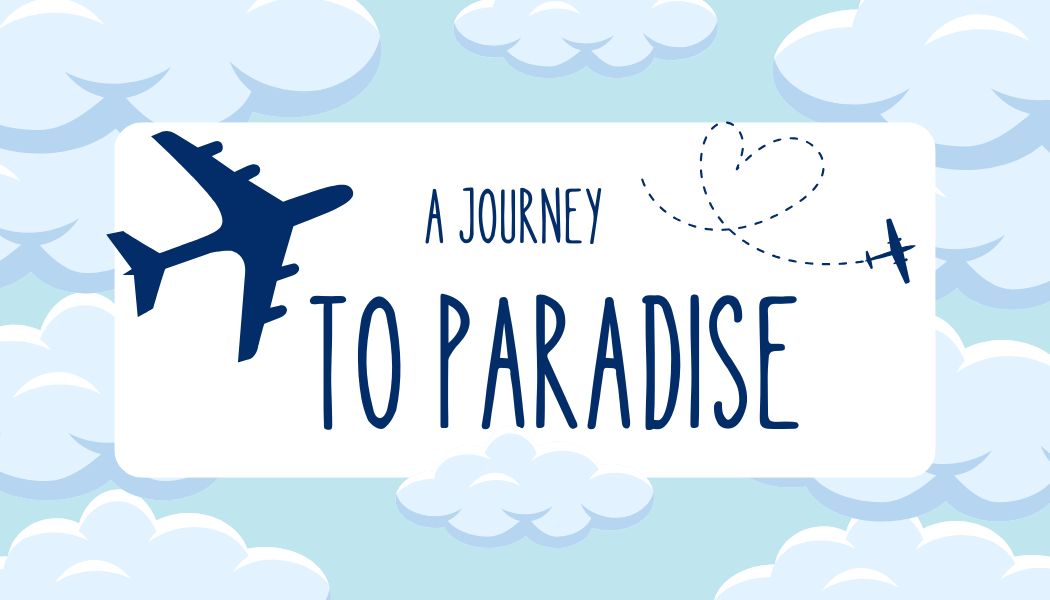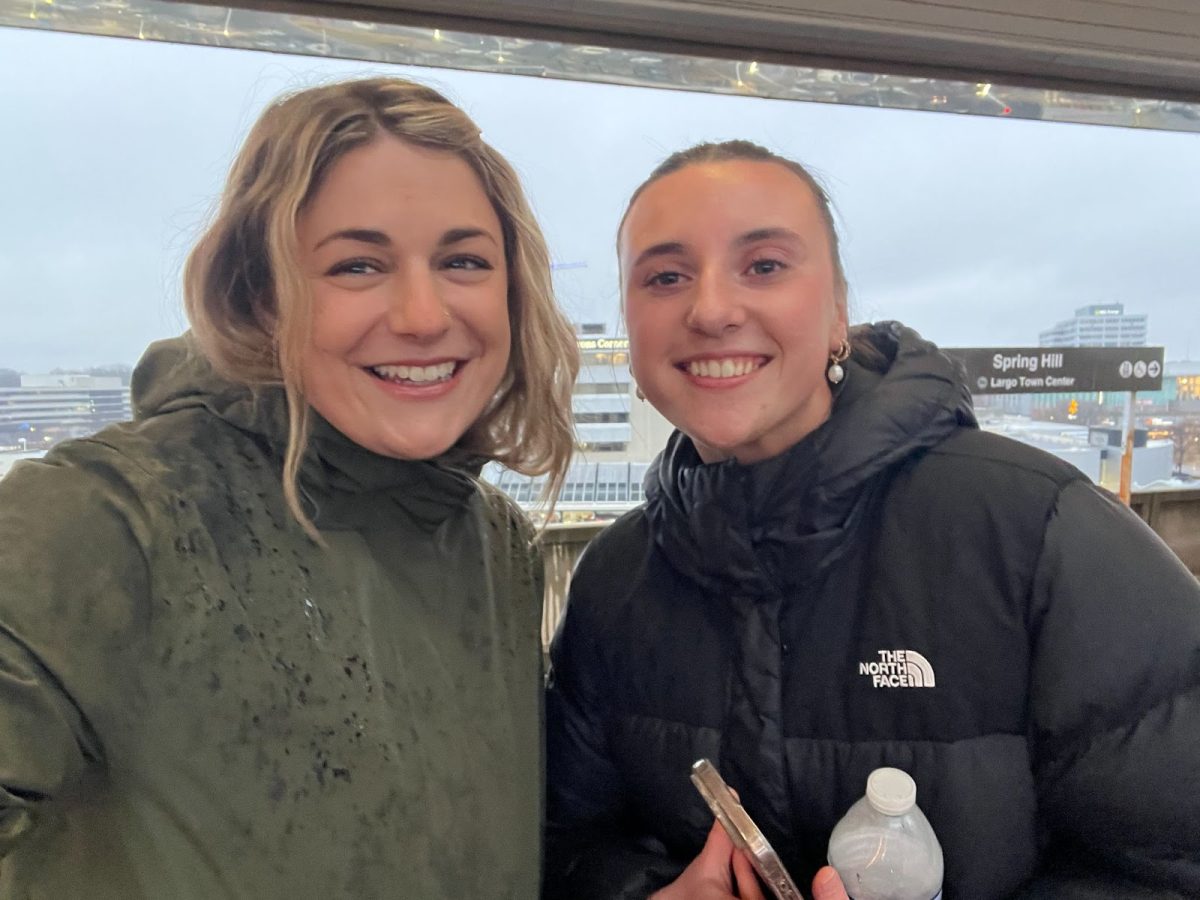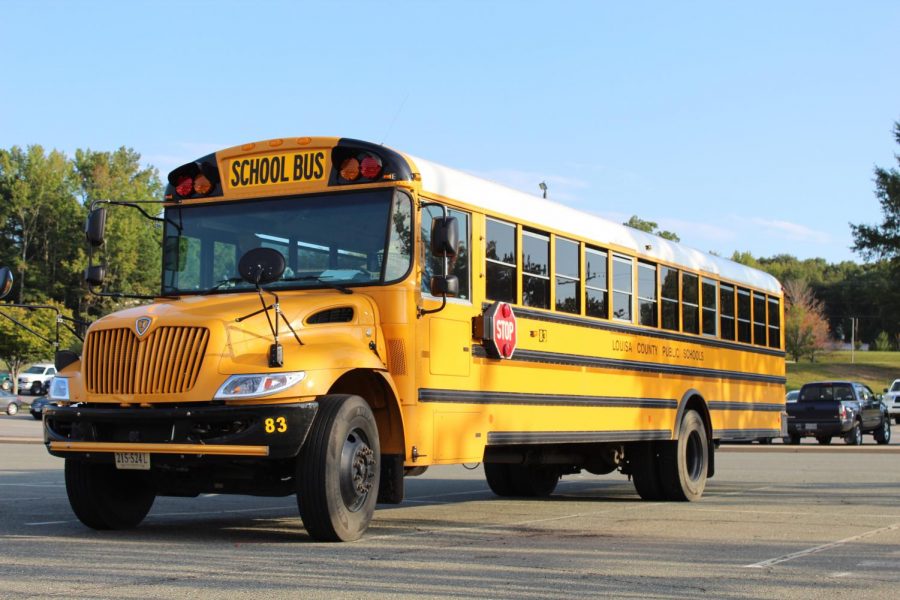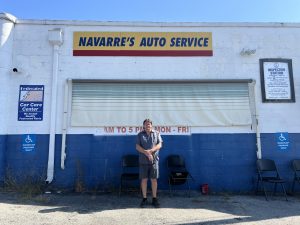Redefining transportation after Covid-19
October 1, 2021
Almost every student has traveled on the bus whether it be to school, sports games, or field trips. With that being said, current transportation issues affect bus riders.
Many expectations have stayed the same this year with students expected to remain seated while the bus is in motion, not eat food, and keep the aisles clear. However, changes due to Covid-19 require masks and assigned seating.
Protection from Covid-19 is one of the most challenging tasks this year. On a full in-person schedule, an average of 40 students ride each bus. On a blended model, only one-third of the regular amount of students rode the bus. The blended model made it easier to social distance and contact trace.
Even though students understand why the changes are necessary, they are still frustrated.
“If we take our masks off we get a referral. I don’t like the way the bus drivers separate high school and middle school because my brother and I can’t sit next to each other anymore,” freshman Toriana Bagby said.
Covid-19 helped the administration realize that assigned seating should’ve been implemented years ago. It is expected that free seating will never become possible again because of its unsafe qualities.
“Students are assigned seats to assist with identification, should there be an emergency or an issue on a bus,” Head of Transportation, Deborah Coles said.
After a long day at school, bus riders looked forward to sitting where they pleased. Now, students reminisce about the past time when free seating was an option.
Students and staff had hoped for normalcy after the hectic 2020-2021 school year, but everyone recognizes we’re not there yet because Covid-19 didn’t spare transportation from the headache.





